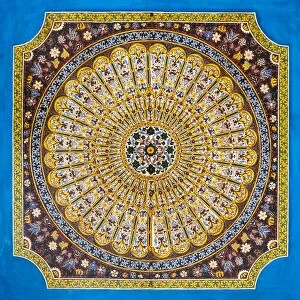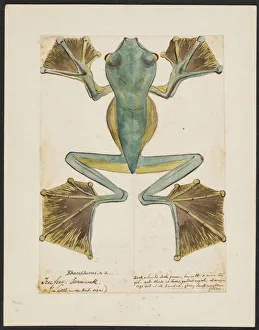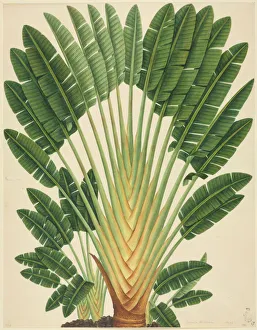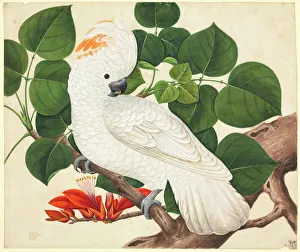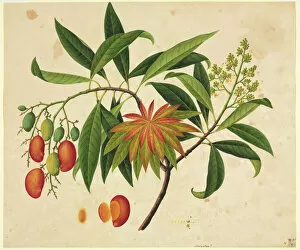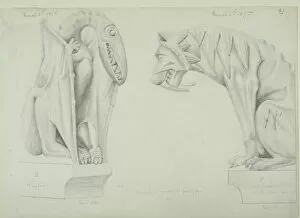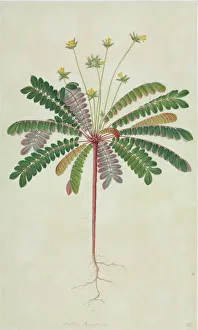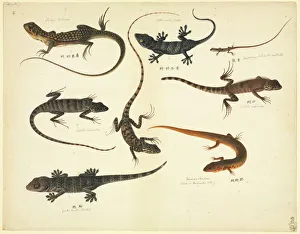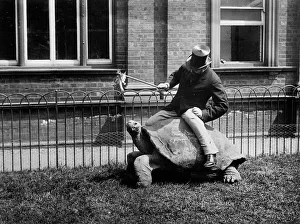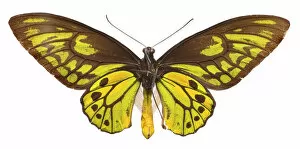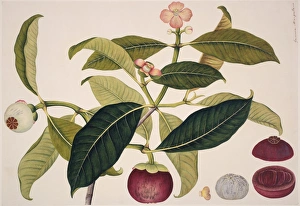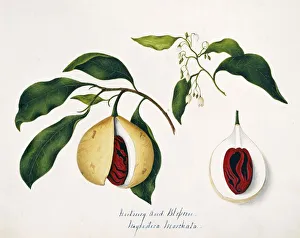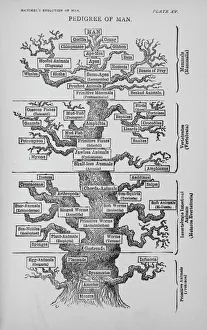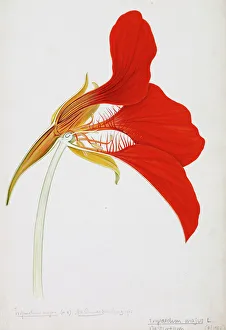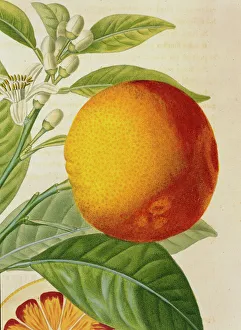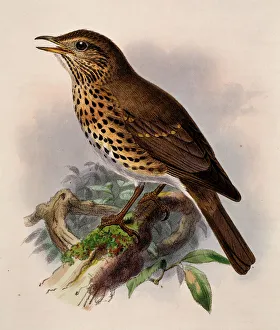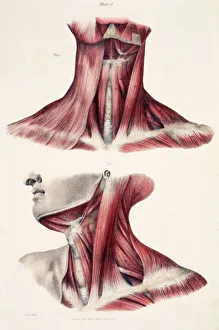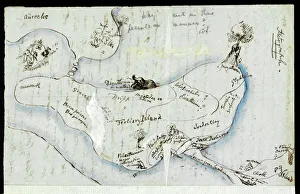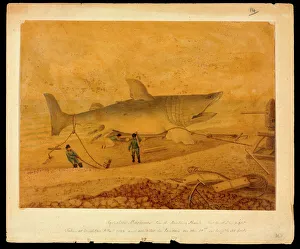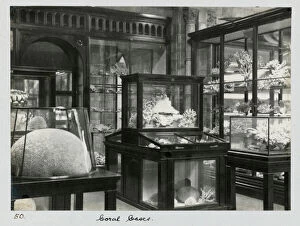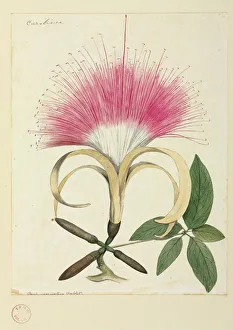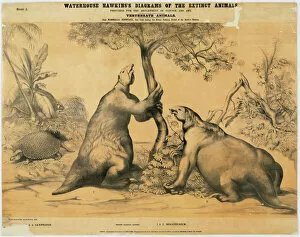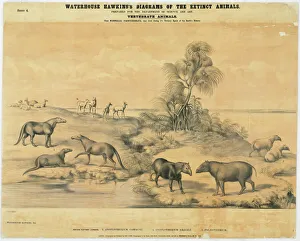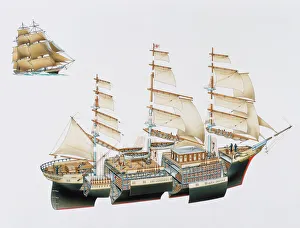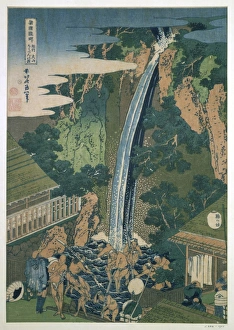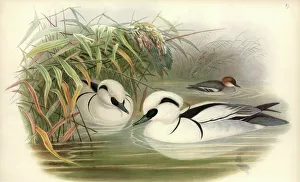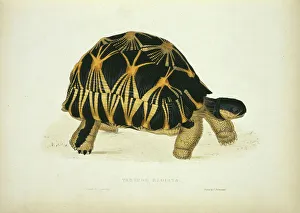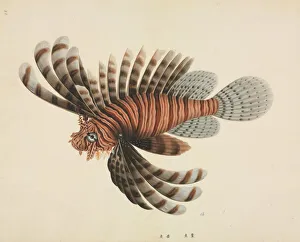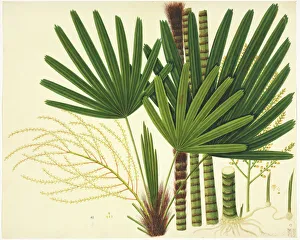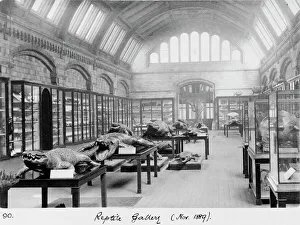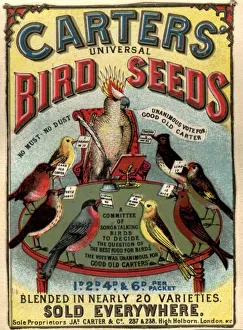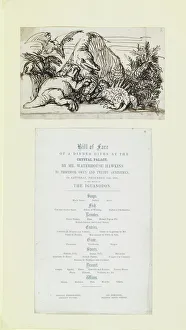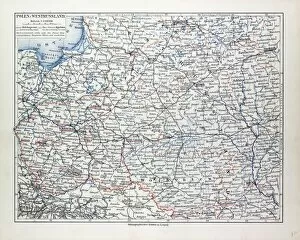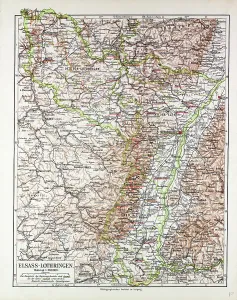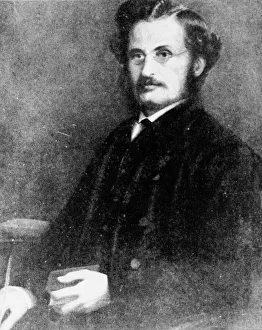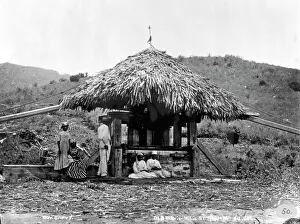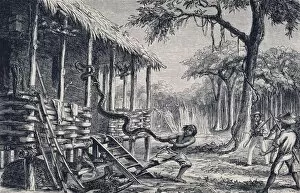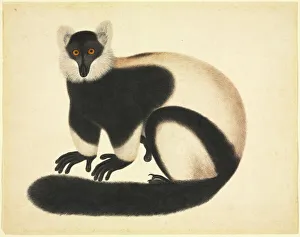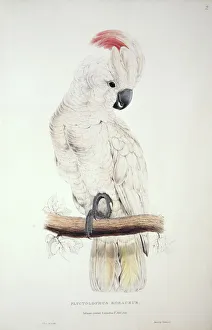Nineteenth Century Collection (page 3)
"Exploring the Nineteenth Century: Unveiling Fossils, Maps, and Curiosities" Step back in time to the fascinating nineteenth century
All Professionally Made to Order for Quick Shipping
"Exploring the Nineteenth Century: Unveiling Fossils, Maps, and Curiosities" Step back in time to the fascinating nineteenth century, where remarkable discoveries and peculiarities abound. Meet Mary Anning (1799-1847), a pioneering paleontologist who unearthed prehistoric creatures like Ichthyosaurus and Plesiosaurus from ancient English cliffs. Delve into the world of Strigops habroptilus, better known as kakapo - a rare flightless parrot that captivated naturalists with its unique characteristics. Navigate through an old map of the majestic Alps, tracing the footsteps of adventurous explorers who braved their treacherous peaks. Witness the birth of modern transportation with Stephensons Rocket in 1829, revolutionizing locomotion forever. Amidst all this excitement lies a touch of humor; chuckle at "Awful Changes, " a satirical cartoon depicting societal transformations during this era. Discover medicinal remedies for brain salt headaches or indigestion prevalent in 1890s UK - intriguing concoctions designed to alleviate discomfort. Marvel at an antique map showcasing London's evolution throughout history - witness how it transformed from medieval streets to bustling metropolis over centuries. Admire Strelitzea sp. , commonly known as bird-of-paradise flower, which enchanted botanists with its vibrant hues and exotic allure. Indulge your senses with Gullivers Scotch whiskey advertisement from 1899; savoring its rich aroma while exploring expressions used by drunks in 1890s UK adds another layer of intrigue. Lastly, encounter Durio zibethinus - durian fruit's scientific name - infamous for its pungent smell yet beloved by many for its delectable taste. The nineteenth century was an era filled with exploration, innovation, satire, and unexpected delights. Join us on this captivating journey through time as we unravel the mysteries and marvels of this remarkable period.

